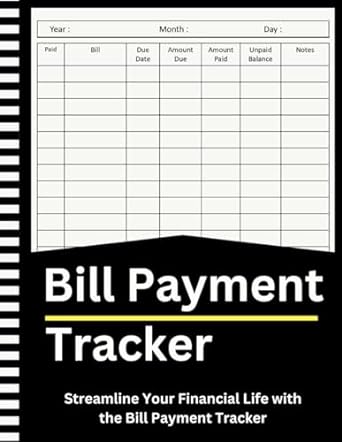Question
C Corporation #1 owns 90% of C Corporation #2. The other 10% of C Corporation #2 is owned by Bob, an individual shareholder unrealated to
C Corporation #1 owns 90% of C Corporation #2. The other 10% of C Corporation #2 is owned by Bob, an individual shareholder unrealated to any of the other shareholders in either C Corporation #1 or C Corporation #2.
In 2001, C Corporation #1 created C Corporation #2 by transferring $20,000,000 to it in exchange for 100% of its stock. C Corporation #2 took the $20,000,000 it received from C Corporation #1 and bought a large piece of land in Florida and places it in service as a Section 1231 asset.
In 2010, C Corporation #1 sold 10% of the C Corporation #2 stock that it owned to Bob for 8,000,001
In the current year, C Corporation #2 was approached by a developer who wanted to buy its land for $50,000,001 cash. C Corporation #2 has decided to undergo a complete liquidation as part of this transaction.
Assuming a 21% corporate income tax rate, what will be the tax consequences, if any, of the liquidation of C Corporation #2?
How will the liquidation of C Corporation #2 affect C Corporation #1?
How will the liquidation of C Corporation #2 affect Bob?
Should an IRC Section 338 election be made? Yes/no
Referring to #4 above, why or why not? (2-4 sentences)
Step by Step Solution
There are 3 Steps involved in it
Step: 1

Get Instant Access to Expert-Tailored Solutions
See step-by-step solutions with expert insights and AI powered tools for academic success
Step: 2

Step: 3

Ace Your Homework with AI
Get the answers you need in no time with our AI-driven, step-by-step assistance
Get Started


